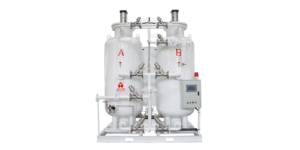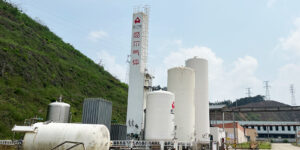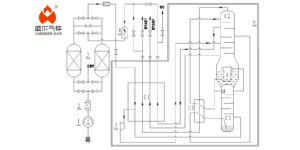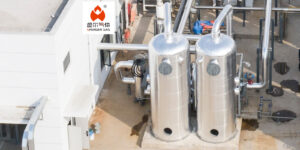In the industrial gas world, air separation is vital. It supplies oxygen, nitrogen, and argon for various uses. A key to improving air separation unit (ASU) efficiency is regeneration adsorbers. This piece explores their function and impact on efficiency.
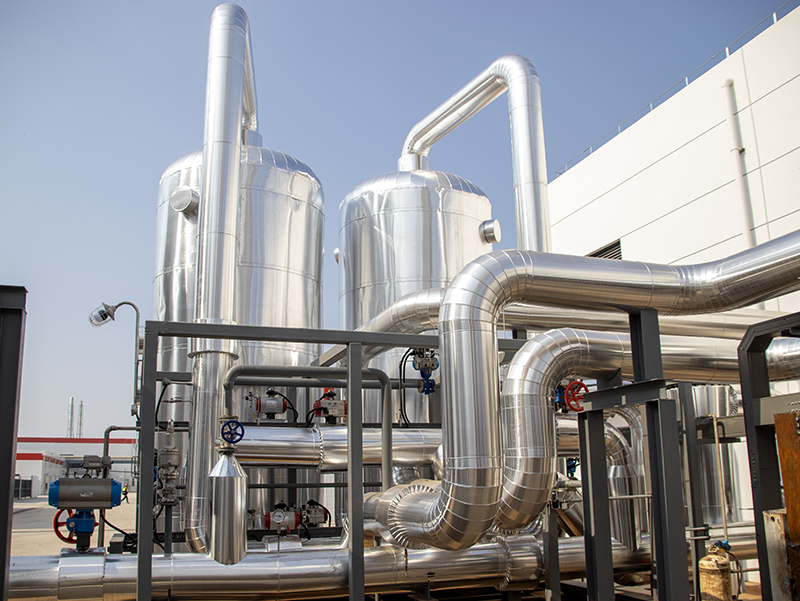
What is Regeneration Adsorbers?
Air separation splits atmospheric air into primary components. Techniques like pressure swing adsorption (PSA) and temperature swing adsorption (TSA) are used. They rely on adsorbent materials to purify and separate gases. Regeneration adsorbers keep these processes efficient, ensuring continuous operation.
Role in Air Separation
Regeneration adsorbers remove impurities such as water vapor, carbon dioxide, and hydrocarbons. These impurities can lower air separation efficiency. The adsorbers work by cycling between adsorption and regeneration. This cycle keeps them effective.
During adsorption, air passes through the adsorber. Impurities stick to the adsorbent material. When the material is full, the adsorber switches to regeneration. This phase cleans the adsorbent of impurities, readying it for more purification.
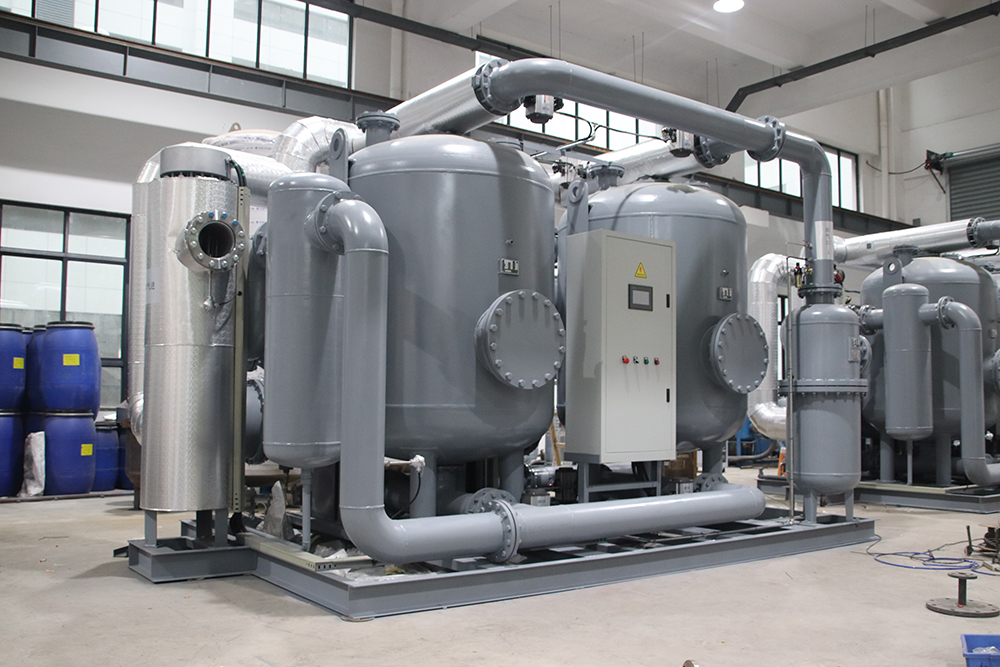
Advantages of Efficient Regeneration
Efficient regeneration within air separation units is paramount for several reasons:
- Enhanced Purity: Effective regeneration ensures that the adsorbent materials are thoroughly cleansed of impurities, thereby maintaining the high purity levels of the separated gases.
- Operational Efficiency: By optimizing the regeneration process, downtime is minimized, and the overall efficiency of the air separation unit is enhanced, contributing to continuous and reliable gas production.
- Cost Savings: Efficient regeneration processes reduce energy consumption and extend the lifespan of the adsorbent materials, leading to significant cost savings in terms of both operational expenses and maintenance costs.
Optimizing Regeneration in ASUs
To maximize the efficiency of regeneration adsorbers in air separation, several strategies can be employed:
- Optimal Design: The design of the adsorber should ensure uniform airflow distribution and efficient heat transfer, which are critical for effective regeneration.
- Advanced Adsorbents: Utilizing advanced adsorbent materials that offer higher capacities and faster kinetics can significantly improve the efficiency of both adsorption and regeneration phases.
- Control and Automation: Implementing advanced control systems and automation can optimize the timing and conditions of the regeneration cycle, further enhancing efficiency and reducing energy consumption.
Regeneration adsorbers are essential for efficient air separation. They help produce pure gases and keep ASUs running smoothly. With the right design, materials, and controls, their efficiency can greatly improve. As demands for pure gases grow, the importance of these adsorbers will too.



